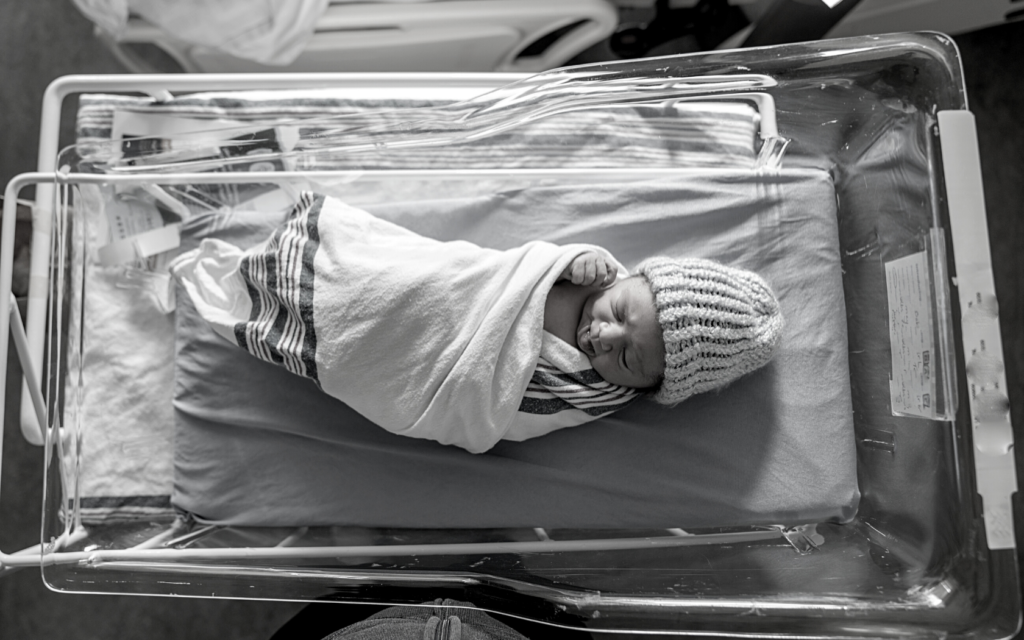The miracle of birth is almost always an emotional occasion. Whether there were complications or the baby arrives healthy and without a hitch, there will likely be tears in the room. While most babies come into this world able to breathe on their own, occasionally newborns require infant resuscitation to help them breathe correctly. But why does this happen? And what happens if things aren’t handled correctly?

When Is Infant Resuscitation Needed?
There’s a wide variety of factors that can impact a baby’s need for infant resuscitation. Some of the most common factors that put infants at risk of resuscitation are:
- Immature lung development
- Pre-term or post-term labor
- Prolapsed umbilical cord
- Macrosomia (large infant size)
- Use of birth-assisting tools during delivery (such as forceps or vacuum extraction)
Issues affecting the mother can also increase the risk of infant resuscitation. Some of these issues include:
- Maternal age (above 40 or under 16)
- Placental abruption (separation of the placenta from the uterus
- Infections or disease
- Severe bleeding
- Previous high-risk births
- Gestational diabetes
What Does Infant Resuscitation Look Like?
The goal of resuscitation of an infant after delivery is to get oxygen to the baby’s brain as soon as possible. But, there are many ways of doing this. The chosen method usually depends on the infant’s specific situation.
A doctor may start with what’s called “warm, dry, and stimulate”. Getting the baby warm and dry is the important first step. Stimulating the infant involves rubbing its back and squeezing the infant’s feet.
If an infant is breathing on its own but not reaching adequate oxygen levels, then doctors can give supplemental oxygen. This form of infant resuscitation is less invasive while still providing necessary oxygen.
Sometimes, an infant must be resuscitated through suction of the airway. This happens when there’s amniotic fluid blocking the infant’s airway. Applying suction to the infant’s mouth and nose may clear the blockage and improve breathing.
Manual ventilation is another type of infant resuscitation. This method is used when an infant’s breathing is weak. Doctors will use a bag-mask device to manually ventilate the infant. This can also lead to a need for mechanical ventilation. In these cases, an infant requires a ventilator to help them continue to breathe.
When a baby’s heart rate drops below 60 beats per minute, then doctors will start CPR on the infant. During this type of resuscitation, doctors may also give the infant medications such as epinephrine to get the heart going again.
A New Mother’s Nightmare: When Resuscitation Goes Wrong
Losing a baby during childbirth is absolutely devastating under any circumstance. But when you believe your baby’s death was caused by an error in infant resuscitation, that makes it even harder. This is exactly what happened to Vicki Ogden. Vicki had high blood pressure at the end of her pregnancy. This put additional stress on the fetus during the final days before her delivery. The stress caused the fetus to eject matter in the womb.
Of course, this is both tragic and scary for all involved. And in a $10 million malpractice suit, Vicki is trying to prove an error occurred during her infant’s resuscitation that led to brain damage. Vicki’s lawyers are arguing that the delivery doctor failed to suction the infant’s airway before pumping air into her lungs. According to reports, it took doctors a long time to insert a tube into the baby’s throat. As a result, it took a terrifying twelve minutes before a heartbeat was detected in the infant. Because of that long span without oxygen, Vicki’s daughter suffers from life-long brain damage.
Birth Injuries & Other Consequences
Yes, it’s a scary thought. But infant resuscitation doesn’t always go as it should. Sometimes, mistakes are made right from the start. For example, doctors failing to monitor a fetus during labor and before childbirth can be fatal. It can delay the detection of fetal distress. And this lack of detection can also lead to the delay of a C-section, which is often a life-saving decision.
The impact of infant resuscitation errors is often long-lasting. Sometimes these errors result in a lack of oxygen to a baby’s brain. This can lead to life-threatening health issues or even death. In cases where babies survive oxygen deprivation, they often have brain damage. The brain damage can lead to developmental delays, cerebral palsy, and other physical disabilities.

Get Help with Your Infant Resuscitation Case
If you believe an error during infant resuscitation caused your baby harm, you’re not alone. Hampton & King is here to help. Our team of medical malpractice attorneys has more than 60 years of combined experience. And we’ve recovered millions of dollars for our clients. If you believe you or your baby is the victim of negligence, please give us a call. The time to call is now. Give Hampton & King a call to set up your free consultation.




